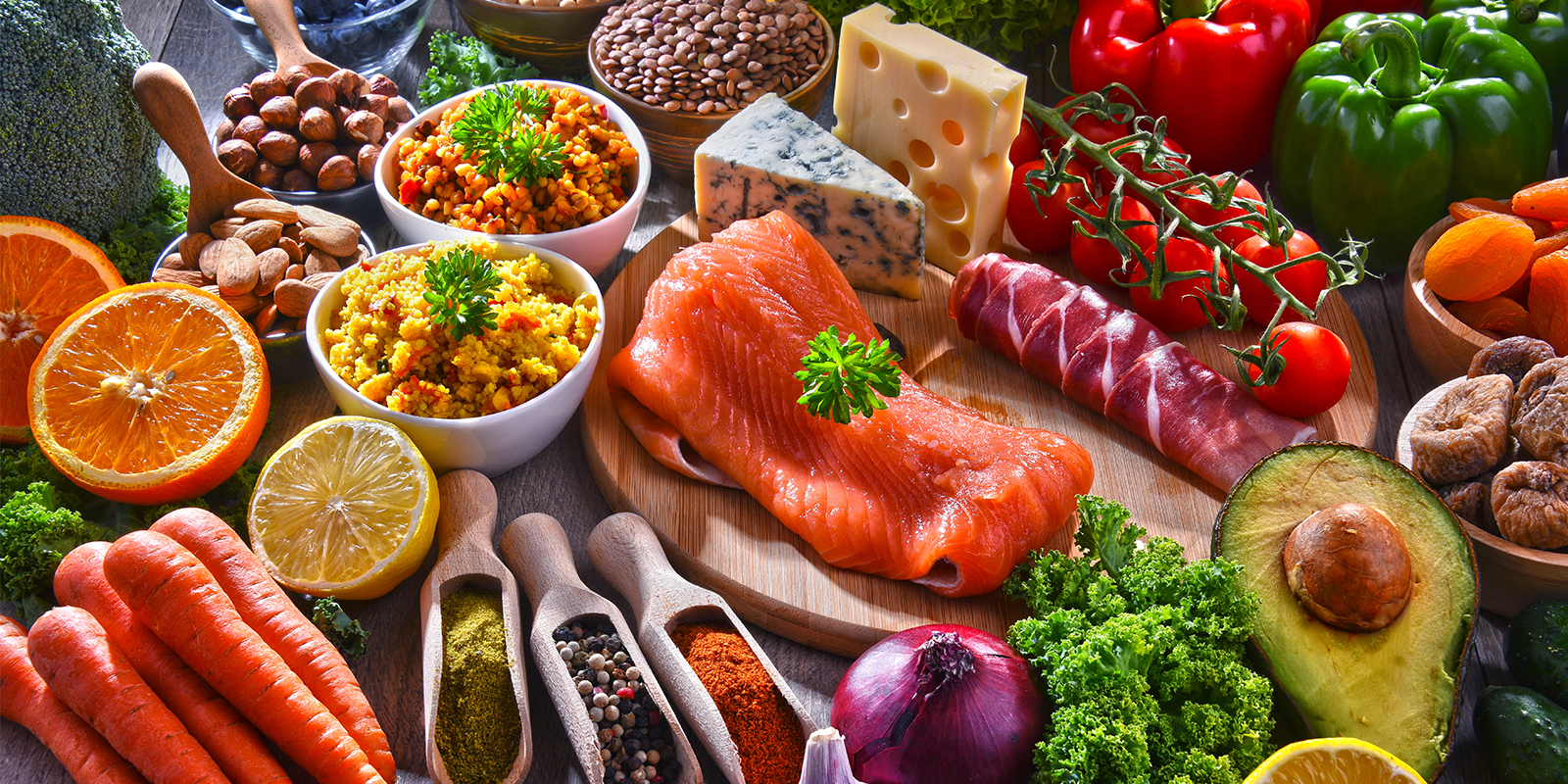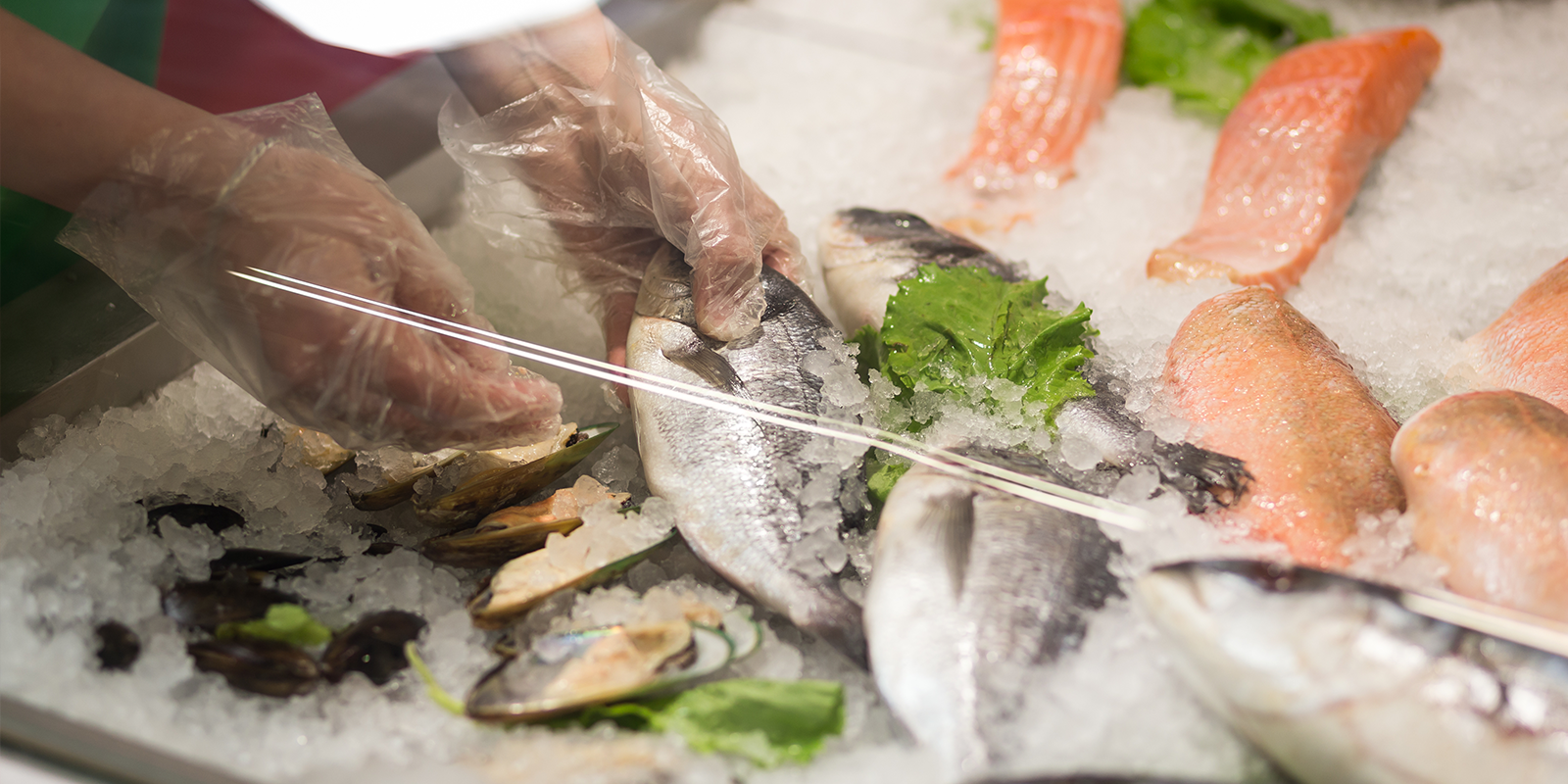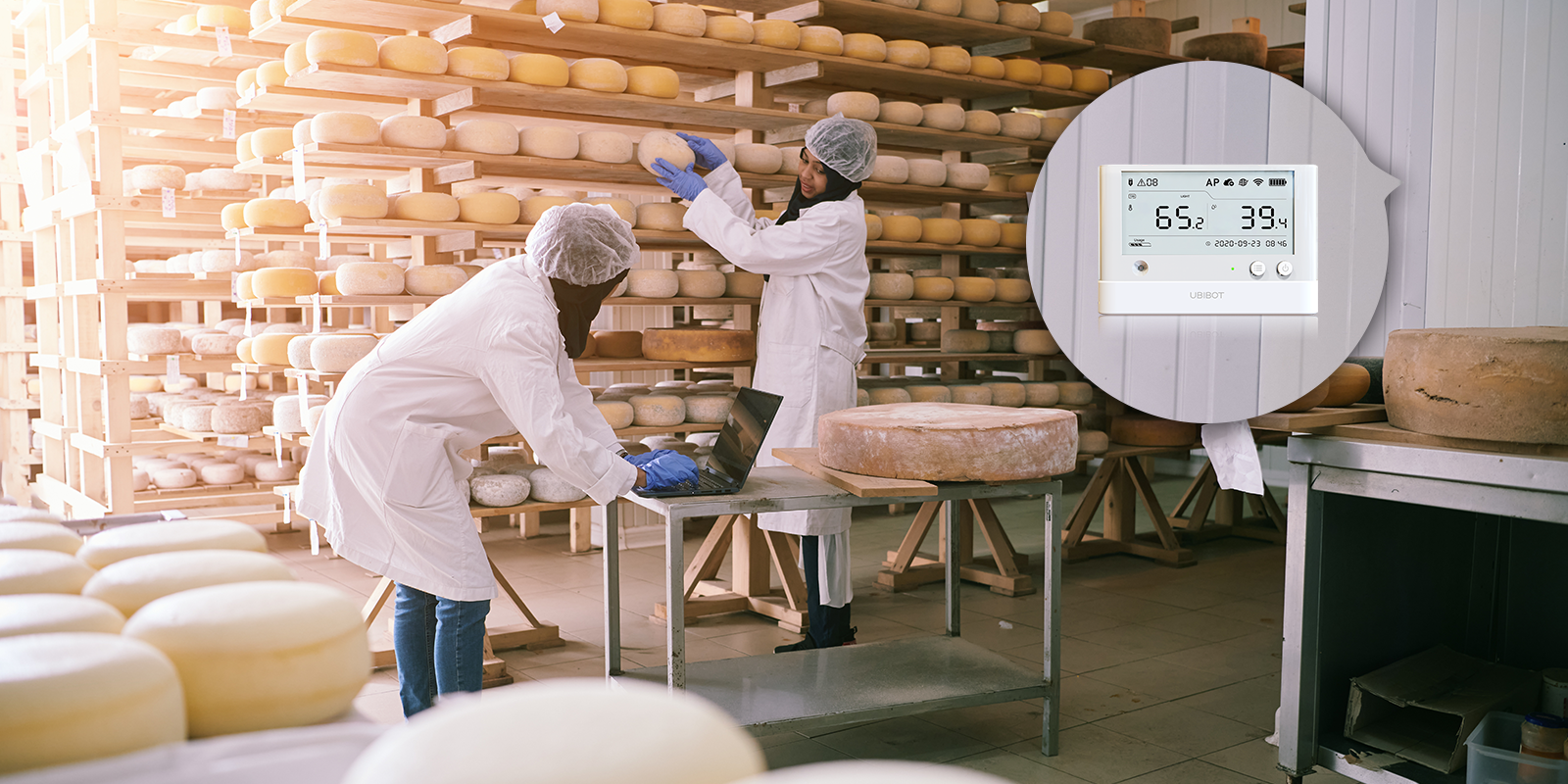-
Account Management
-
Common Questions
-
On-Premises Platform
-
WS1
-
WS1 Pro
-
GS1
-
External Probes
-
App Operation
-
Web Console
-
Downloads
UbiBot ® WS1 User Guide
UbiBot ® WS1 Pro User Guide
UbiBot ® GS1 User Guide
UbiBot ® GS2 User Guide
UbiBot ® MS1 User Guide
UbiBot ® SP1 User Guide
UbiBot ® LD1 User Guide
UbiBot ® AQS1 User Guide
UbiBot ® NR1 User Guide
Accessory Specifications
UbiBot ® Logo Files
Console Operation
APP User Guide
PC Tools
-
Instruction Video
-
-
-
News
-
Changelog
-
Platform API
-
Read First
-
Channel Management
-
Channel Feeds Management
-
Channel Commands
-
API-Key Management
-
Device API
-
Certification and Compliance
The Importance of Temperature and Humidity Monitoring for Food Preservation
February 8, 2025
Temperature & Humidity Monitoring Importance for Food Preservation
Learn the importance of temperature and humidity monitoring in food preservation. How do they affect food quality, and what measures can you take?
The Importance of Temperature and Humidity Monitoring for Food Preservation
Temperature and humidity can affect the quality of food in many ways. Temperature can alter the food’s consistency, leading to the development of dangerous bacteria. Uncontrolled humidity can also compromise nutrition.
It’s important for food to be handled and stored properly under regulated conditions. Food is extremely sensitive to environmental conditions, and one simple mistake can have a devastating effect. Not only will the food go bad, but consuming that food can lead to health issues.

Benefits of Temperature and Humidity Control in Food Storages
Ler’s see the benefits of storing food properly at the right temperature and humidity levels.
• You’ll be keeping food out of the danger zone
In terms of temperature, there’s a danger zone that should never be crossed. The ideal temperature is between 4 °C and 40 °C. When food is exposed to a temperature higher or lower than recommended, it can cause the growth of bacteria.
• Bacteria will stop growing
It would help if you didn’t worry about developing bacteria when the food is managed and stored properly. Most people don’t think food bacteria are dangerous, but the reality is that many harmful bacteria can affect the people consuming the food. Hazardous bacteria such as Salmonella, Staph, and Escherichia coli can be transmitted from food. Although these bacteria can’t cause death, the treatment is difficult and can affect the person’s quality of life.
• You’ll keep the quality of the product intact
Temperature and humidity can make food go bad if not controlled properly. Foods preserved in controlled environments have the highest quality and extended shelf life.
• You’ll reduce food waste
When the food is not preserved properly, it can go bad and must be discarded. We’re not discussing discarding 2 pounds of meat but hundreds of pounds of food that can feed thousands of people. When the food is preserved under the proper temperature and humidity, the food will stay intact, and you’ll be reducing food waste.

Preservation Methods For Different Types of Food
Different foods require differently typed preservation methods. Let’s see what the most convenient food storage options are.
Iced and Ventilated Storage
The iced storage method preserves fish, meat, and certain perishable agricultural products. The ice has been previously harvested from frozen lakes and stored in cold storage. The ventilation is crucial when storing food products because it removes heat and humidity caused by transpiration and respiration. Food storage must have a proper ventilation system regulated 24/7 to ensure food quality stays intact.

Drying
Drying is probably the oldest technique for preserving food. The food undergoes a drying process caused by heat and mass transfer. The moisture is removed from the food product, and the dries products will have a longer shelf life. Back in the day, people used the sun to dry, but solar drying methods were taking over. Depending on the energy mode, there are four drying methods: natural solar dryer, direct solar dryer, indirect solar dryer, and mixed/hybrid type solar dryer.
Controlled Atmosphere Storage
Fruits and vegetables are mainly stored in storage chambers with a controlled atmosphere. In these chambers, the food is under low-temperature air with O2 and CO2. The oxygen and carbon dioxide levels are regulated according to the type of stored food. The storage chambers consist of special equipment, such as carbon dioxide scrubbers and gas generation, to ensure the food stays intact. Carbon dioxide is used because it has antiseptic properties and can prevent the development of microorganisms. On the other hand, if carbon dioxide levels are not controlled, the products can be browning.

Hypobaric and Huperbaric Storage
In hypobaric storage units, hypobaric pressure is applied to the food for a short period. These hypobaric chambers require proper ventilation control to keep the appropriate levels of oxygen. Oxygen levels must be controlled at all times because ethylene can deteriorate the quality of the stored food. Another thing that the hypobaric chambers have is a vacuum pump. The vacuum pump evacuates the air from the chamber and replaces it with fresh air. However, the replaced air must be saturated because air with low pressure can cause the food to lose its moisture.
In hyperbaric storage, food is preserved at a higher pressure than atmospheric pressure. Although these hyperbaric chambers are mainly used in the diving and medical industry, it’s proven that they’re also beneficial for extending the life of some food products.
The bottom line is that whatever preservation method is used, the temperature, humidity, and light must always be controlled. A slight temperature change can have a devastating effect on the food and cause it to go bad. That is why temperature, humidity, air conditioning, and light must be monitored 24/7 to ensure that the process of preservation is successful.
How Can UbiBot Help?
WS1-Pro is a product designed by Ubibot that can monitor the temperature and humidity in the environment in real-time. WS1-Pro monitors the temperature, humidity, and light 24/7, and all the data can be visualized on an LCD screen. The best thing about this device is that it a battery-powered; it’s water resistant and can be placed anywhere. The WS1-Pro will alert you anytime there’s a change in the environmental conditions in the storage unit. Additionally, the temperature sensor can be placed directly into the refrigerator to collect internal temperature data and ensure the quality of the food stays perfect.

Related Articles
- UbiBot Smart Watch HW1: The Ultimate Companion for Health Monitoring and Precision Tracking
- Enhancing Operational Efficiency with the UbiBot NR1: A Versatile IoT Network Relay
- Protect Your Property with the UbiBot LD1 Smart Leak Detector: Advanced Water Damage Prevention for Homes and Businesses
- UbiBot Air Quality Monitor AQS1: A Comprehensive Solution to Monitor and Improve Indoor Air Quality
- The ultimate solution for temperature and humidity monitoring and data analysis
Hot Tags
-
Batteries
change wifi
CO2 monitor
commands
digital humidity sensor
elder years with optimal temprature
environmental conditions in warehouse
food industry
humidity index
hygrometer
indoor light strength
mqtt
RS485 interface
soil moisture
Super SIM
temperature and humidity sensor
temperature sensor
waterproof cover
wireless sensor
WS1


